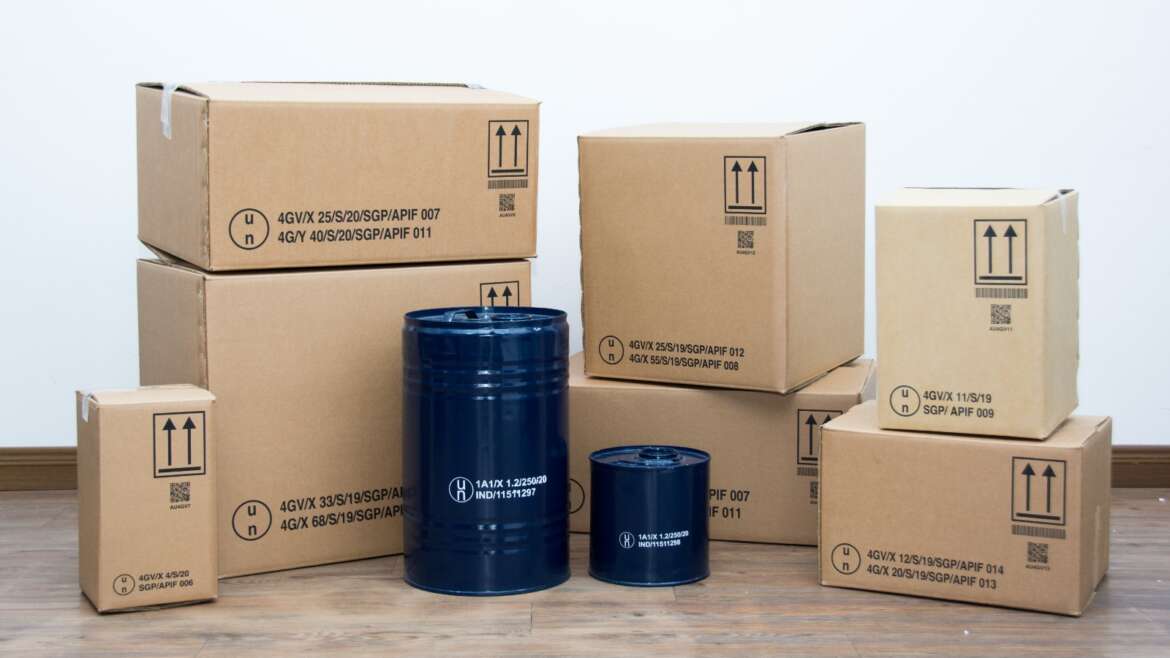Our Service
Dangerous Goods
It’s very important & critical to know what are dangerous goods. Before shipping, one must know what they ship and what is the difference between general goods and dangerous goods. According to IATA’s Dangerous Goods Regulations (DGR) Manual, “Dangerous goods (also known as hazardous materials or hazmat) are articles or substances which are capable of posing a hazard to health, safety, property or the environment and which are shown in the list of dangerous goods in the IATA Dangerous Goods Regulations or which are classified according to those Regulations.” Because IATA participates in strict regulatory process, dangerous goods can be transported by air safely and securely when these guidelines are closely followed.
Proper training for all persons in the dangerous goods supply chain is vital to ensure that the hazards posed by dangerous goods are understood and everyone involved is competent to perform the functions for which they are responsible. While some functions require basic knowledge of the dangerous goods regulations, other functions need detailed information regarding the hazardous material regulations to carry out their duties. Safely transporting hazardous material by air begins with proper shipping and handling. Shippers must follow the dangerous goods regulations strictly as this starts the safety protocol for the transport of dangerous goods by air.
Dangerous goods are handled by Synergy Shipping and Logistics as an external consultant who are knowledgeable in the area of shipping hazmat. For a common man, it is unknown what types of things are considered dangerous goods. Few examples of dangerous goods are: aerosols, chemicals, lithium batteries, infectious substances, fireworks, dry-ice, gasoline powered engines, lighters, paint etc.,
The Dangerous Goods Classes
The United Nations assigns dangerous goods to one of nine classes, and every dangerous goods will fall into at least one of the classes. It is essential to classify dangerous goods correctly so that the hazard(s) posed are communicated through the transport chain. The dangerous goods classes are as follows:
- Class 1—Explosives
- Class 2—Gases
- Class 3—Flammable Liquids
- Class 4—Flammable Solids; Substances Liable to Spontaneous Combustion; Substances which, in Contact with Water Emit Flammable Gases
- Class 5—Oxidizing Substances and Organic Peroxides
- Class 6—Toxic and Infectious Substances
- Class 7—Radioactive Material
- Class 8—Corrosives
- Class 9—Miscellaneous Dangerous Substances and Articles, Including Environmentally Hazardous Substances
For more information – kindly do consult our DG Experts in Air Handling. Please contact our office for further assistance and support where we have an exclusive handling team of experts.
Request
A Free Consultation
Feel free to write to us anytime.


